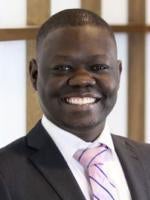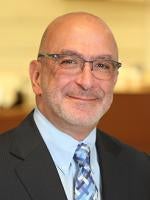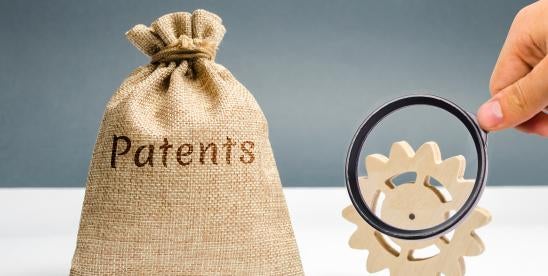The United States Patent and Trademark Office’s (USPTO) recently proposed patent fee increases could have far-ranging consequences for applicants looking to build a patent family from a single patent application. In this first of a series of blogs, we will discuss the potential consequences of the USPTO’s proposed fee increases for continuing applications, including continuation, divisional, and continuation-in-part applications. Subsequent blogs will discuss the impact of increased cost of terminal disclaimers, and of appeals and Requests for Continued Examination (RCEs). All of these proposed increases will synergistically – and not in a good way – dramatically increase the cost and the risk of building a patent portfolio.
The USPTO Proposals
In an April 3, 2024 Notice of Proposed Rulemaking (NPRM), the USPTO has set forth a new, steeply graduated fee structure for continuing applications. The cost of a regular continuing application (no more than 20 claims, no more than three independent claims) will go up a little less than 10 percent.
In addition, the proposed fees include surcharges for filing a continuing application too long after the “Earliest Benefit Date” (EBD), also known as the “patent term filing date” (the date from which the 20-year patent term is calculated). Continuing applications filed more than five years from the EBD will incur a $2,200 (undiscounted) surcharge, while continuing application filed more than eight years from the EBD will incur a $3,500 (undiscounted) surcharge. So-called small entities receive a 60% discount on these fees, and micro entities would receive an 80% discount.
The USPTO’s rationale for the new fees is that the Office relies on maintenance fees, due periodically after a patent issues, to make up for losses during examination, as the filing, search, and examination fees paid on filing are much less than what it costs the Office to handle a patent application through issuance. Continuing applications filed five or eight years after their EBD will miss at least one maintenance fee, possibly two, so that the Office cannot use those fees as part of cost recovery.
Possible Effects
These newly proposed surcharges could affect filing strategies. Normally, a patent applicant who has a number of inventions and embodiments in a single patent application may wait to file a continuing application until receiving an indication of patentability, to save the cost of a fruitless filing and prosecution. The applicant may file multiple continuing applications as pending applications issue. But with the new surcharges, if an applicant waits too long to file, one or both surcharges could kick in.
There are several scenarios which could motivate different filing strategies for continuing applications. In looking at these scenarios, it is worth noting, first, that the USPTO’s projected average time for a first action on a patent application for fiscal year 2025 is 20.7 months, over all technologies (chemical, mechanical, electrical, software, and biotech). Second, when a patent application has a large number of embodiments, that first action from the examiner could be a restriction/election requirement which would require the applicant to select a group of claims, or select a particular group of embodiments, on which to proceed with prosecution. As a result, a first action on the merits could take well over two years from the initial filing. Even if that first action is the only rejection of the application, patent issuance would not come until three years after filing.
The foregoing discussion does not take into account other possibilities for protracted prosecution of the initial application. There could be multiple rejections, multiple requests to continue examination, and even an appeal to the Patent Trial and Appeal Board. In some technologies, and with some examiners, it can take a long time to figure out what is or is not allowable. By the time an applicant has a good sense of allowable subject matter in the application, at least the first (five year) surcharge deadline may well have passed.
Still further, there are an increasing number of U.S. applications which claim priority to a Patent Cooperation Treaty (PCT) international application. With PCT applications, the EBD could be the PCT application’s filing date, which could be as much as 30 months, or two and a half years, before the patent application is filed in the U.S. and prosecution can begin. Thus, continuations of national phase filings filed after allowance are almost certain to incur at least the first surcharge.
Takeaways
Applicants who anticipate creating a family of applications from a single application may wish to consider filing several applications in parallel. The applications may have identical disclosures, but different claims. The applications would proceed in parallel, and may be allowed before either of the surcharges for continuing applications can kick in. An applicant choosing this path would pay more of the filing fees up front for all of the applications filed in parallel, but would avoid the surcharges for later filed continuing applications. Applicants with one or more allowed applications could file continuing applications without incurring the surcharges.
The foregoing strategy could involve filing terminal disclaimers, for which the USPTO is proposing new steeply graduated fees depending on time of filing the terminal disclaimers. We will discuss these proposed fees in a blog, to follow shortly. Timing of filing terminal disclaimers could affect the growth, and in some cases the disposition of a patent family.





 i
i


